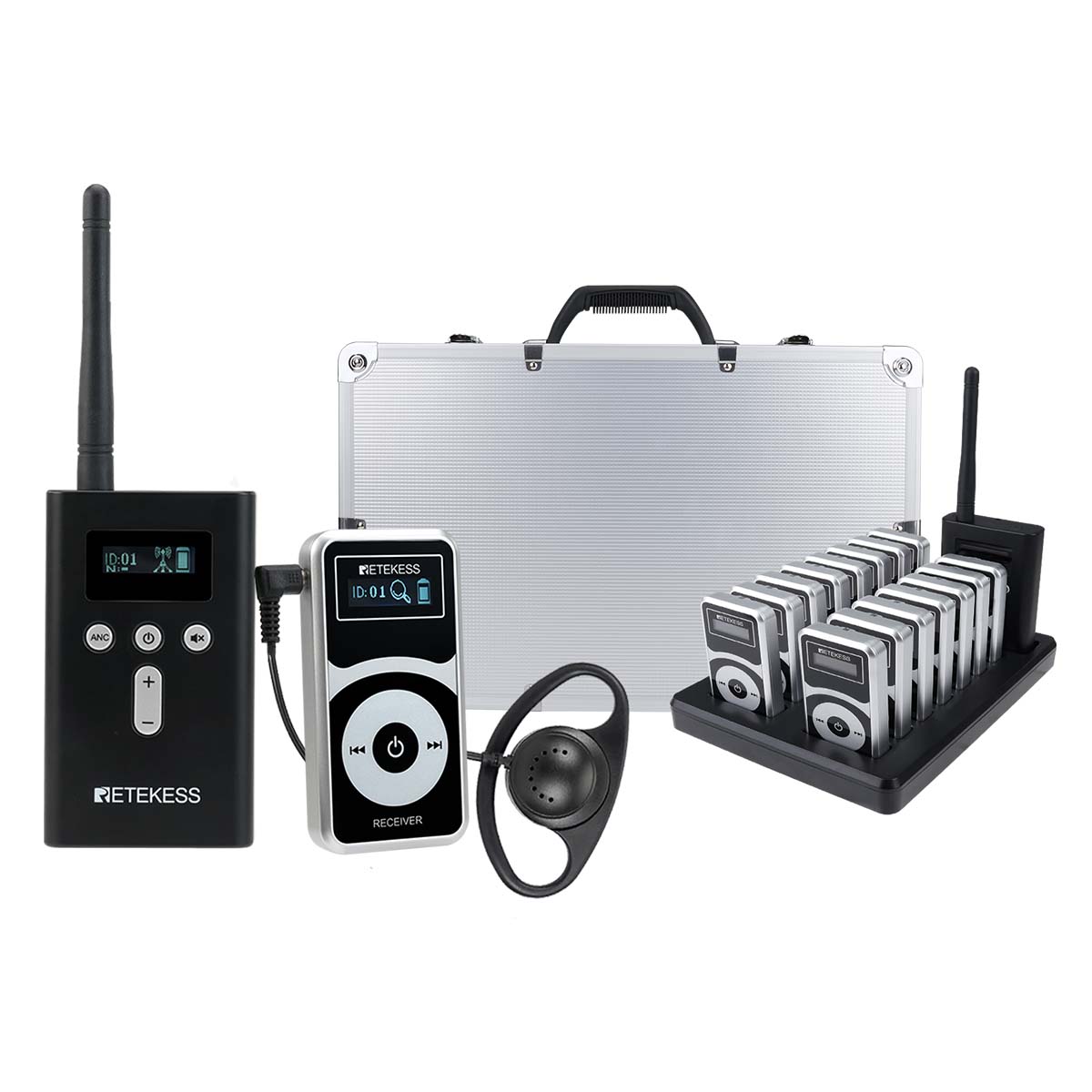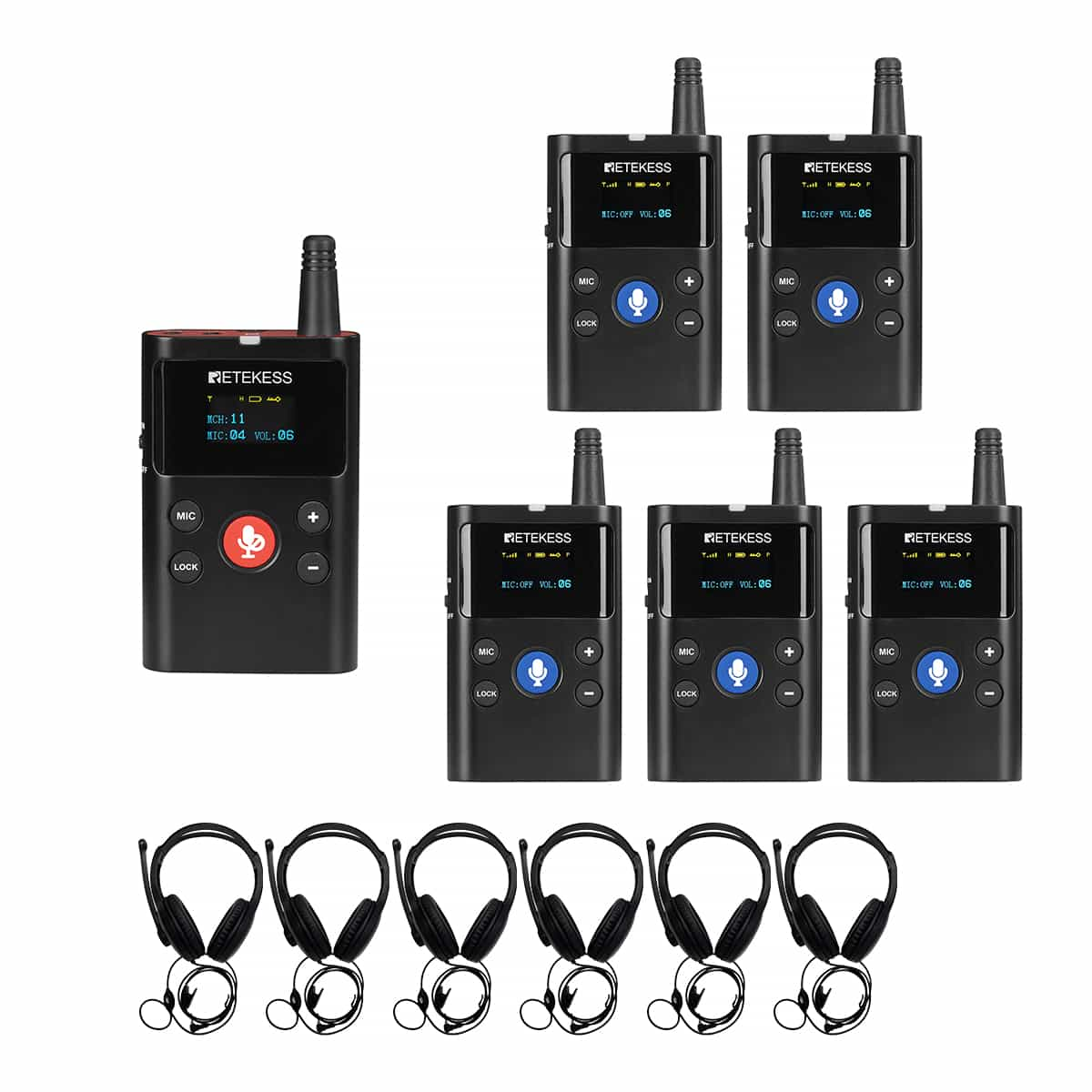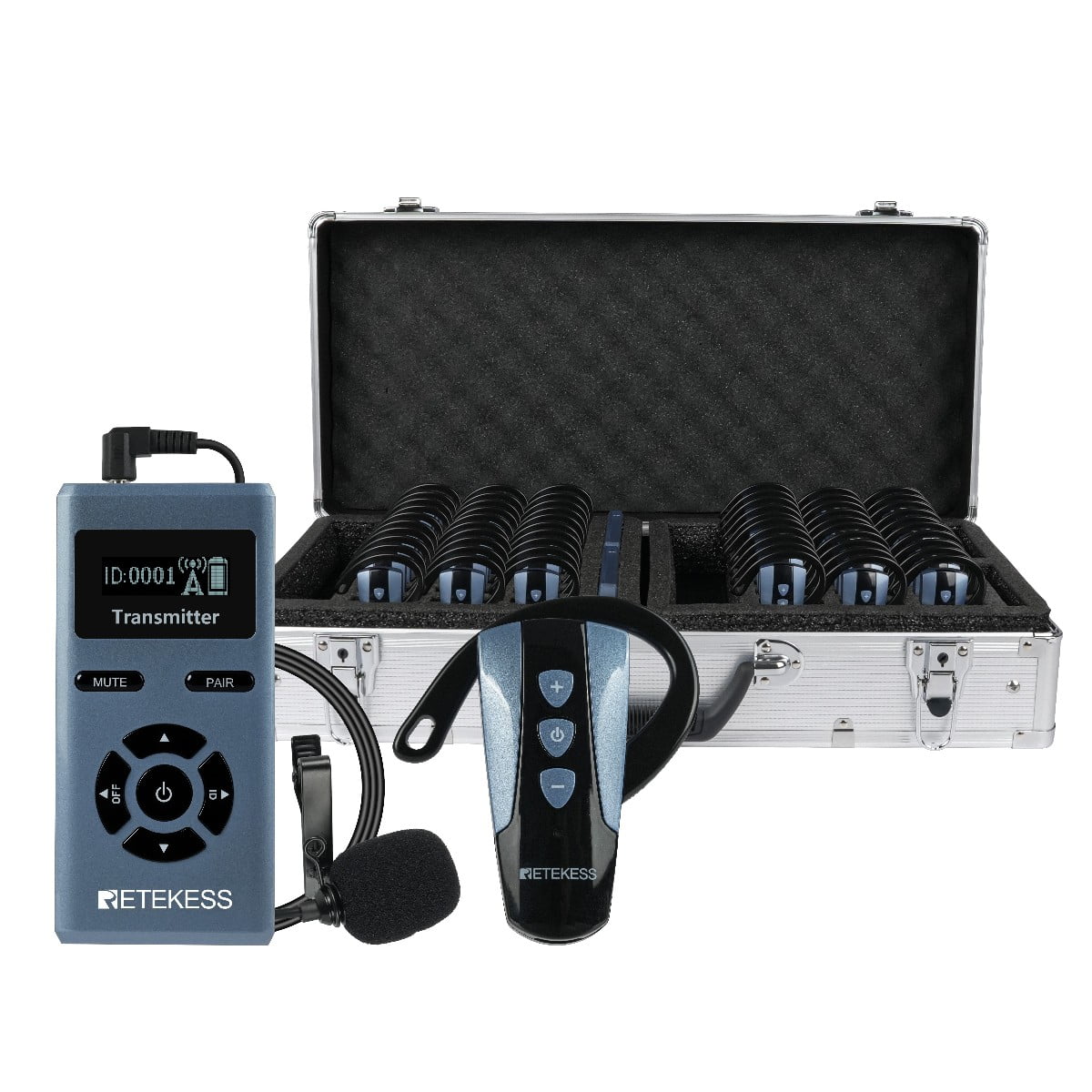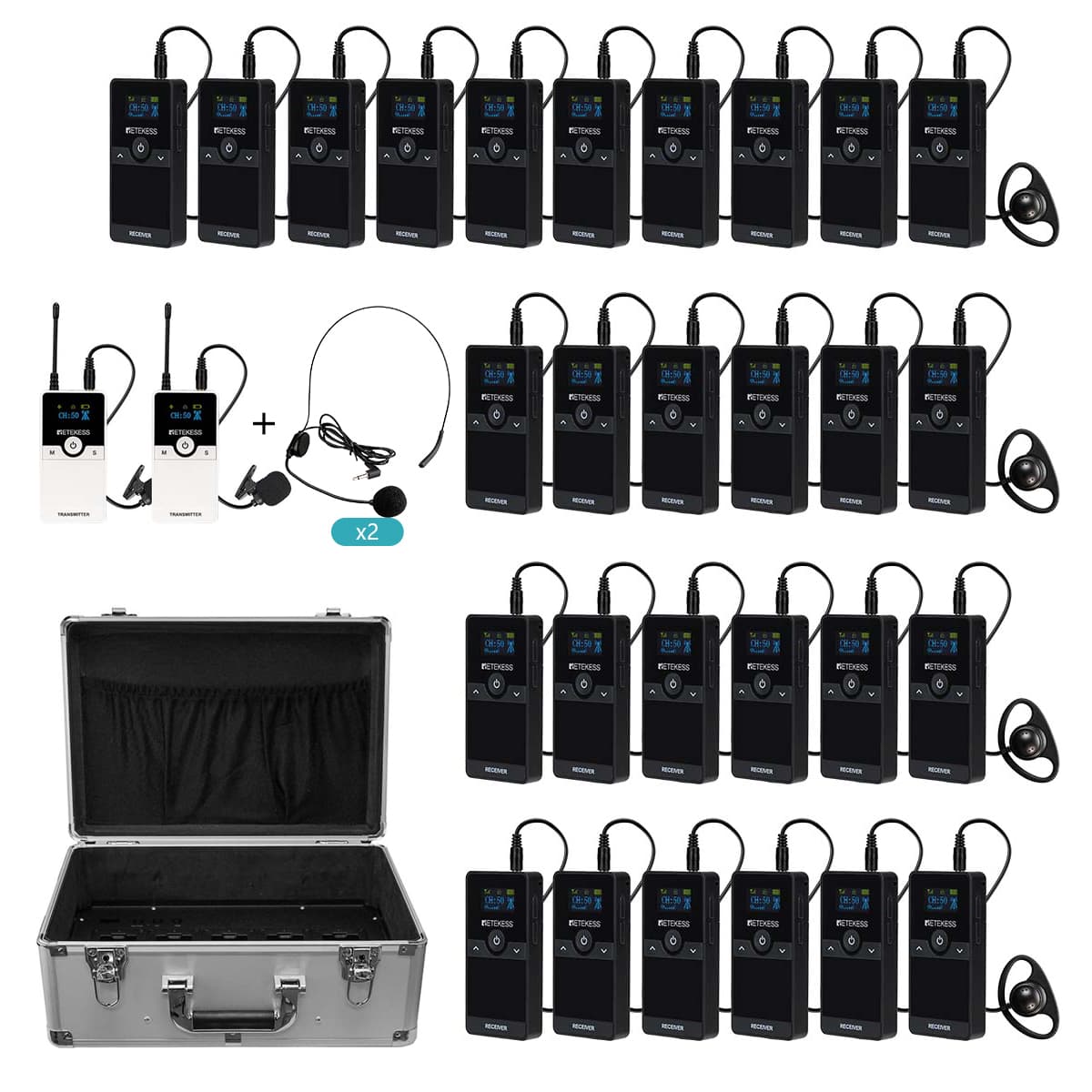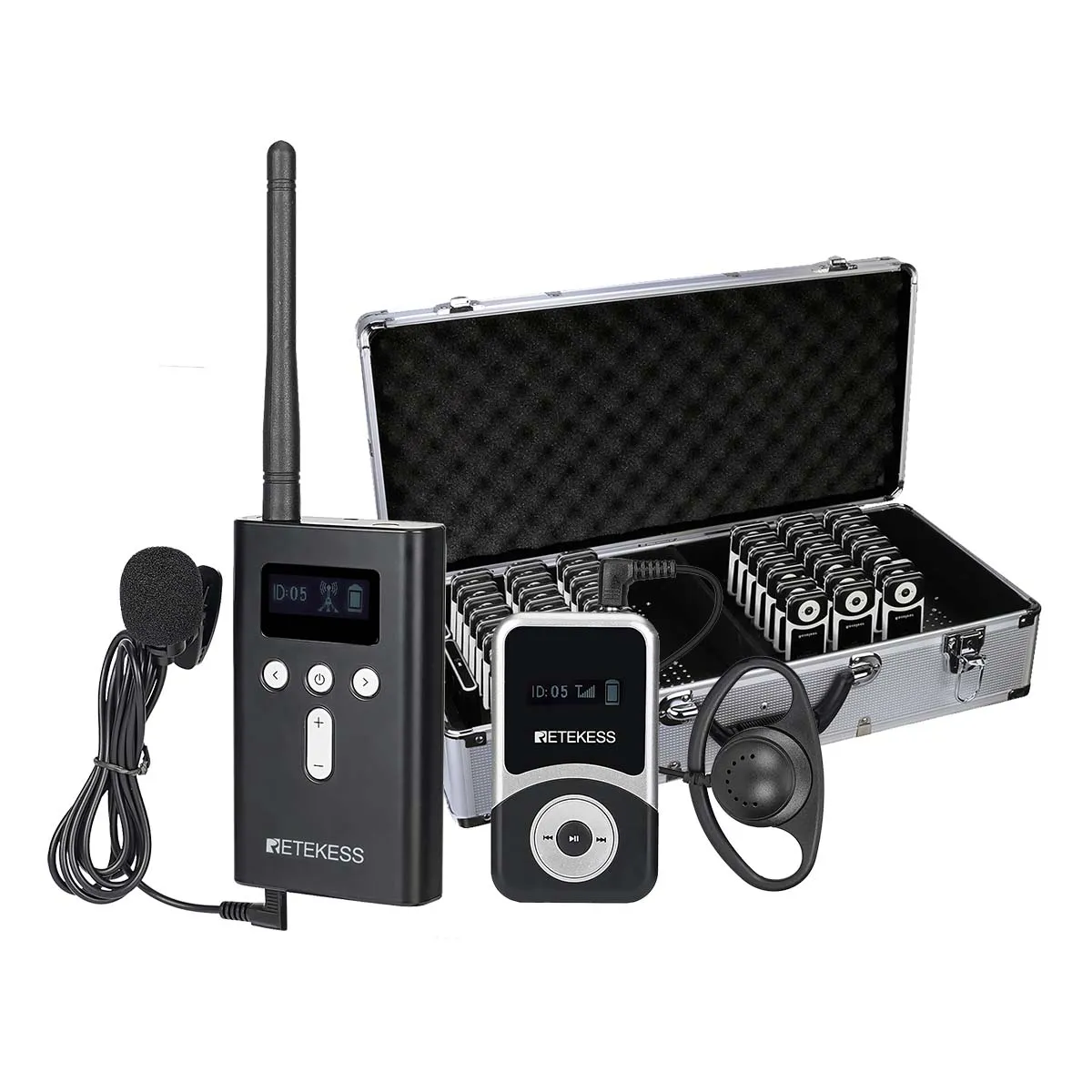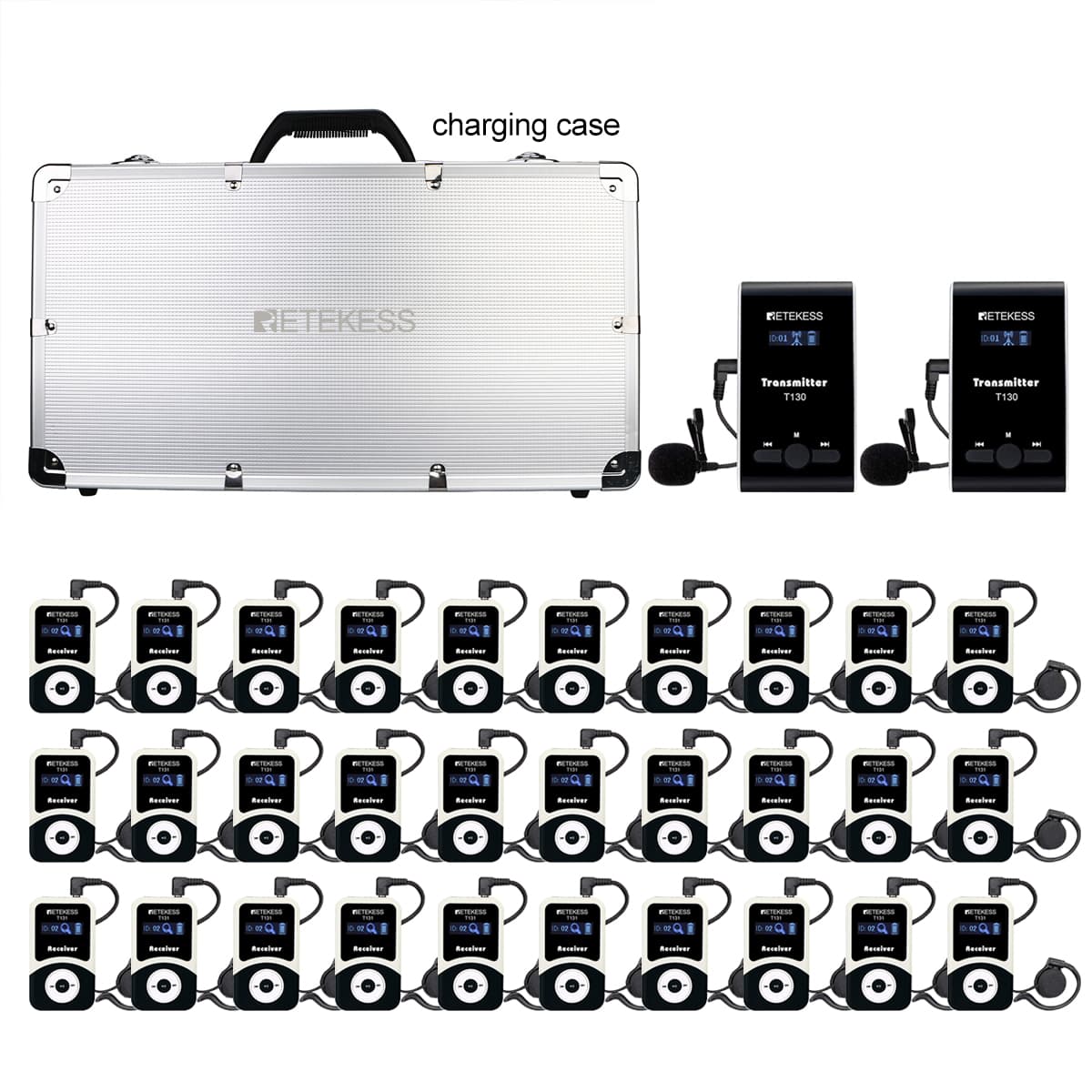Popular Products
Simultaneous Interpreting for University Lectures

Simultaneous Interpreting for University Lectures
- Zoe
- Simultaneous interpretation, Language translation systems, Multilingual conferences, Real-time language translation
Universities offer a variety of courses, from focused labs to smaller discussion-based seminars. One of the most common courses is the university lecture. University lecture classes are typically large, especially in the first year, as you may be taking popular introductory courses. Depending on the size of the institution, lecture courses can enroll hundreds of students. Due to the large student population, lectures are often held in large auditoriums (also known as "lecture halls").
Due to the large audience, including those from different countries speaking different languages, the need for interpreters is high.
So how do you choose the right interpreting equipment for university lectures?
First, you can choose professional simultaneous interpretation equipment, which generally includes an interpreter console, headphones, wireless microphones, a receiver, audio-visual equipment, and an interpreting booth.
Such as retekess TT119 interpreting equipment
Second, you can choose a tour guide system for language transmission. This system requires only a transmitter, receiver, headphones, and microphone. It is lightweight and offers sound quality comparable to professional interpretation equipment.
Such as retekess T130P, TT126, TT106S, TT117 and so on.
How do you use a tour guide system for simultaneous interpretation?
The interpreter listens to the speaker's speech and translates it into the desired language. In a tour guide system, the interpreter speaks directly into a microphone, and the translated speech is transmitted to the audience via wireless headphones. The audience can hear the translation in real time, ensuring they don't miss any details during the presentation.
For example, if the speaker is giving a lecture in English and the audience speaks French, Spanish, or Mandarin, the interpreter can provide live translation of the lecture. This approach ensures everyone can follow along, regardless of their language background.
Is using a tour guide system for interpretation effective in school meetings?
1. The system's sound quality, transmission range, and interference immunity are all good.
A tour guide system is simply an audio transmission tool; the quality of the interpretation depends on the system's quality and the interpreter's skill level. By 2025, tour guide system technology is already very mature. Sound quality, transmission range, and interference immunity are all excellent. Companies like ReteKess, with over a decade of experience, have very mature technology and are constantly improving their product performance. The T130P, TT126, TT106S, TT117, and T130U are all excellent simultaneous interpretation tools suitable for university lectures. These products have provided interpretation for many university lectures. Nanyang Technological University, Princeton University, the University of Arizona, and the University of California, Davis, among others.
2. Audio Clarity in Large Spaces
Traditional audio systems struggle to transmit clear audio in spacious rooms or auditoriums. Unlike traditional audio systems, the Guided Tour system provides direct, personalized audio to each participant. Each listener receives the translated audio directly, meaning they are not distracted by ambient noise or poor acoustics in the room.
This is particularly important in lecture halls, where large spaces often pose challenges for sound distribution. The Guided Tour system ensures that everyone, even those sitting in the farthest corners, receives clear audio.
3. Affordable and Easy to Set Up
One of the most significant advantages of using a Guided Tour system is its affordability and ease of installation. Compared to complex conference interpretation systems that require expensive simultaneous interpretation booths, multiple microphones, and professional audiovisual equipment, a Guided Tour system is relatively simple to set up.
With basic components like a transmitter, microphone, and headphones, you can quickly transform any lecture or meeting space into a fully functional multilingual event venue. This is particularly beneficial for schools or universities with limited budgets for conference equipment.
4. Flexible for Different Events
Whether it's a large conference, a small seminar, or a guest lecture, a tour guide system can be customized to the specific needs of the event. For example, you can provide interpretation in one or two languages, or even multiple channels for different attendee groups. The system can adapt to different room sizes and audience sizes, and you can adjust the equipment based on the scale and complexity of your event.
5. Improved Participation and Inclusiveness
By providing clear interpretation, the system encourages active participation from attendees who might otherwise struggle to follow the lecture or discussion. This is particularly useful for events with international students or non-native speakers. It fosters a more inclusive environment where everyone can participate and interact with the content, resulting in a better overall experience for all attendees.
How to Set Up a Tour Guide System for Your Event
Setting up a tour guide system for language interpretation is relatively simple. Here's how to set up a tour guide system for a school conference:
Step 1: Choose the Right Equipment
Choose a tour guide system that's appropriate for the size of your audience. This includes the number of channels. Some systems support fewer interpretation channels, while others support more and can handle multiple languages. You can choose the right number of channels based on your scale. There are also one-way and two-way tour guide systems. and comfortable headphones for attendees to wear during the event.
You may also want to choose a system with long battery life, as school meetings or lectures can sometimes last for several hours.
Step 2: Hire a Professional Interpreter
Real-time interpretation requires experienced interpreters. Choose interpreters with experience in simultaneous interpretation, as this requires quick thinking and precise translation. Interpreters must be able to keep up with the speaker's cadence and not miss important details.
Step 3: Test the System
Before the event, perform a sound check to ensure both the original speaker's microphone and the interpreter's microphone are working properly. Test the wireless receiver to ensure the translated audio is clear and consistent. This is especially important in large lecture halls or rooms with complex acoustics.
Step 4: Provide Instructions for Attendees
Make sure attendees are familiar with how the system works. This can include announcements or written instructions on how to adjust the volume or select the correct language channel on their wireless headphones.
Step 5: Monitor During the Event
During the event, keep a close eye on the equipment to ensure everything is functioning properly. It's best to have technical support staff on hand if there are any issues with the microphone, headphones, or transmitter.
The Guide System is an efficient solution for simultaneous interpretation for school conferences, seminars, and lectures. It delivers clear, real-time interpretation, is easy to set up, and is cost-effective, ensuring that all attendees, regardless of their language, can participate in the event. Whether it's a guest lecture, panel discussion, or academic conference, using the Guide System for interpretation improves engagement, accessibility, and inclusivity for international audiences.
If you're organizing an event that requires language interpretation, consider using the Guide System—it's simple, reliable, and affordable. It's a game-changer, making multilingual conferences more inclusive and enjoyable for everyone.


